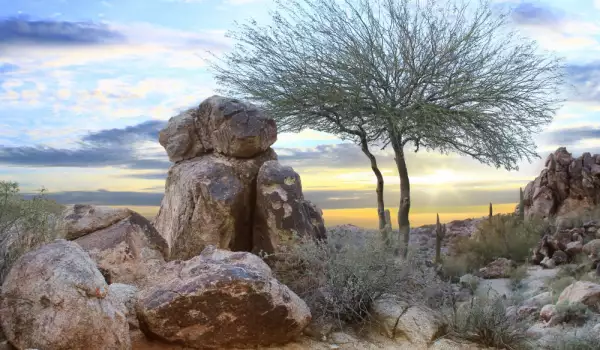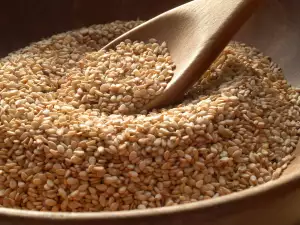The 400-year-old mesquite, growing in the desert about 1.2 miles (2 km) from Jebel Dukhan, the highest point in Bahrain, is known as the Tree of Life or Shajarat-al-Hayat. It stands tall in the middle of the merciless Bahrain Desert, far from any other trees.
The name of the tree is no coincidence. The location where it grows has practically no water. The desert is barren but the tree has been surviving for more than 4 centuries there. This fact makes it one of the mysteries of the world. Folklore has created numerous legends as to how and why the mesquite has survived.
Religious people believe that that was the exact location of the Garden of Eden, i.e., where life was created. And the tree of life is indeed that which God himself planted in the center of Paradise. Mesquite gave fruit 12 times per year and granted eternal life, hence its name.
The tree of life has thousands of visitors from all the countries in the Middle East and the whole world. They flock to it to see the miracle of nature. When looking upon the tree from afar, it appears like a green drop, sitting upon the enormous yellow-brown desert.

Natural rubber is derived from mesquite. The tree is an evergreen and short type of species. Normally its lifespan is a little over 200 years. It is most often found in exceptionally dry areas, where it has the ability to naturally fertilize the soil.
Fruits of mesquite are also used for making glue, candles and dyes.
Besides being a natural phenomenon, the tree of life can heal. Its pods and seeds have long been used as a source of food by local populations. Traditionally, they grind them into powder, resulting in mesquite flour.
Then, it is used as a flour, sweetener or as a main ingredient in making sweet drinks and fermented alcohol.





















